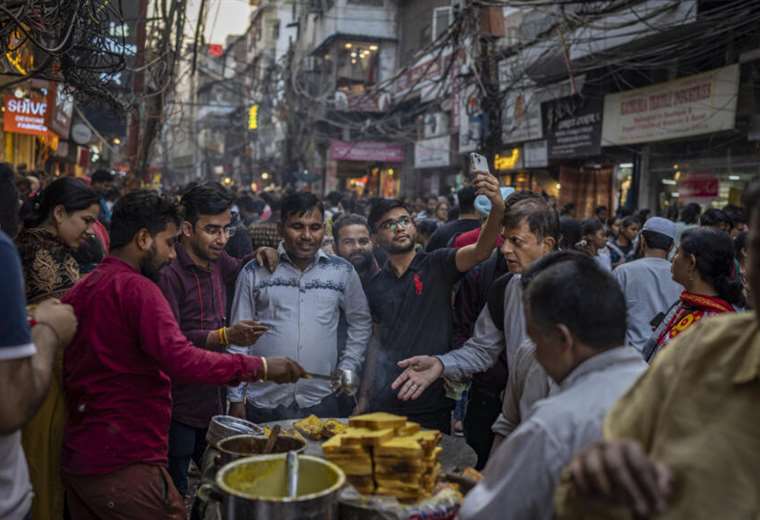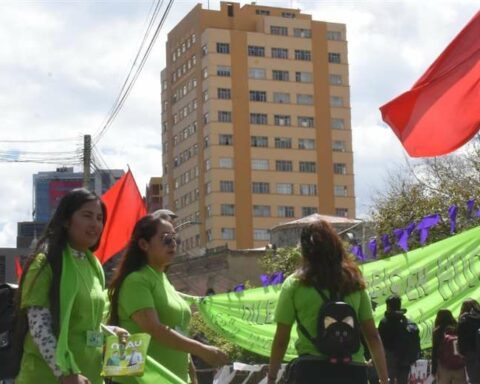November 15, 2022, 8:56 AM
November 15, 2022, 8:56 AM
India will be in the coming months the most populous country on a planet that reached 8,000 million inhabitants on Tuesday. However, this growth, uneven depending on the region of the country, is bound to slow down.
By Varoon P. Anand, RFI correspondent in New Delhi
The world population today reached 8,000 millionwith India the largest contributor, having added 177 million people. China and India are the two most populous countries in the world, both accounting for more than 36% of the total population. According to the United Nations, the population of India will surpass that of China during 2023. India’s population is not expected to start declining before 2064.
According to estimates, 68% of India’s population will be aged 15-64 by 2022, mWhile people aged 65 and over make up 7% of the population. In the north the population continues to increase. In the south, numbers are stabilizing and in some areas declining. The deepening divisions between these regions mean that the government must finally grapple with a unique problem: the consequences of a baby boom with an aging population.
Growth will put enormous pressure on India’s resources, economic stability and society. A small family is now the norm in India, and with the annual population growth rate below 1%, fears of a population-driven collapse are no longer considered realistic. In the 1950s, a woman in India would give birth to an average of more than six children; today the national average is a little more than two and continues to fall.
Over the next decade, a third of India’s population growth will come from just two northern states, Bihar and Uttar Pradesh. Bihar, the only state in India where women still have more than three children, is not expected to reach population stability (2.1 children per woman) until 2039. Kerala, India’s most educated and progressive state , reached that figure in 1998.
two9 years old, no training or job: the profile of the average Indian
The average age of an Indian is 29 years, most of whom are unskilled and for whom there are not enough schools, universities, training programs and most of all not enough jobs. In India, youth unemployment is 23% and only one in four graduates has a job. Although female literacy is growing, only 25% of women in India participate in the labor force.
The crisis that will soon face the South is that of an aging population. India will soon have more than 10% of the population aging. This presents significant problems in terms of employment, in terms of social security, but above all for health care, where spending is still very low.
India’s cities are some of the largest and most overburdened in the world, and in the coming decades they will be even bigger. About 33% of India’s population lives in cities. By 2035, 675 million Indians will live in cities, and according to UN projections, by 2050, more Indians will live in urban settings than in villages. With a population of 20 million, India’s capital Delhi is already one of the largest and most polluted cities in the world. It is expected to grow to 28 million by 2041, according to the city’s master plan, placing a huge burden on water and power requirements.
Despite the continued increase in population in the north over the next few years, lIndia’s general trajectory is one of declining fertility and eventual population stability. As India develops and more women are educated and enter the workforce, experts say fertility norms will continue to change.








